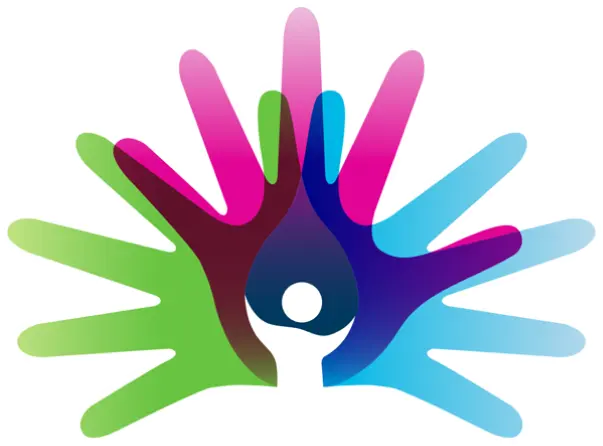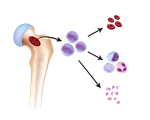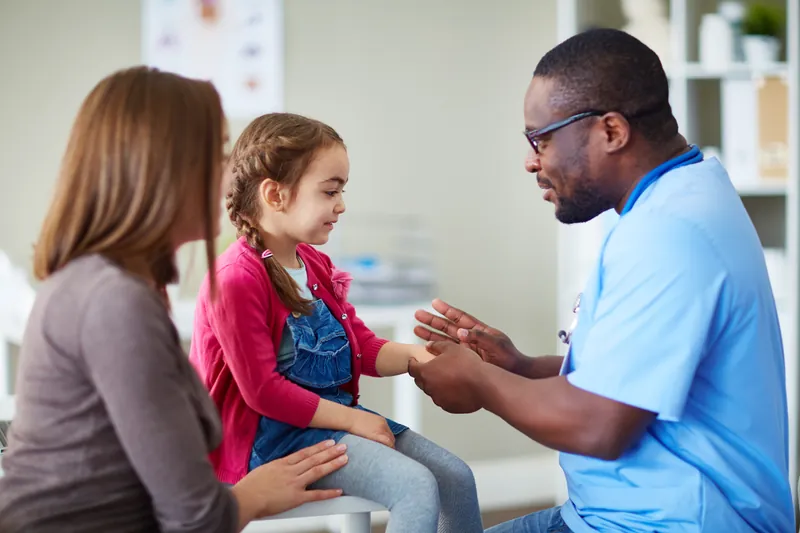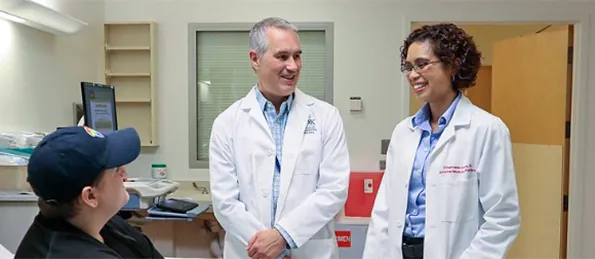- Home
- Browse by Disease
- Primary myelofibrosis
Primary myelofibrosis
- Other Names:
aleukemic myelosis; amm; bone marrow fibrosis; chronic idiopathic myelofibrosis; cimf; megakaryocytic myelosclerosis; myelofibrosis as a result of myeloproliferative disease; myelofibrosis with myeloid metaplasia, somatic; myelofibrosis, somatic; myelosclerosis; osteomyelofibrosis; suspected idiopathic myelofibrosisaleukemic myelosis; amm; bone marrow fibrosis; chronic idiopathic myelofibrosis; cimf; megakaryocytic myelosclerosis; myelofibrosis as a result of myeloproliferative disease; myelofibrosis with myeloid metaplasia, somatic; myelofibrosis, somatic; myelosclerosis; osteomyelofibrosis; suspected idiopathic myelofibrosis
Read More
Read Less








